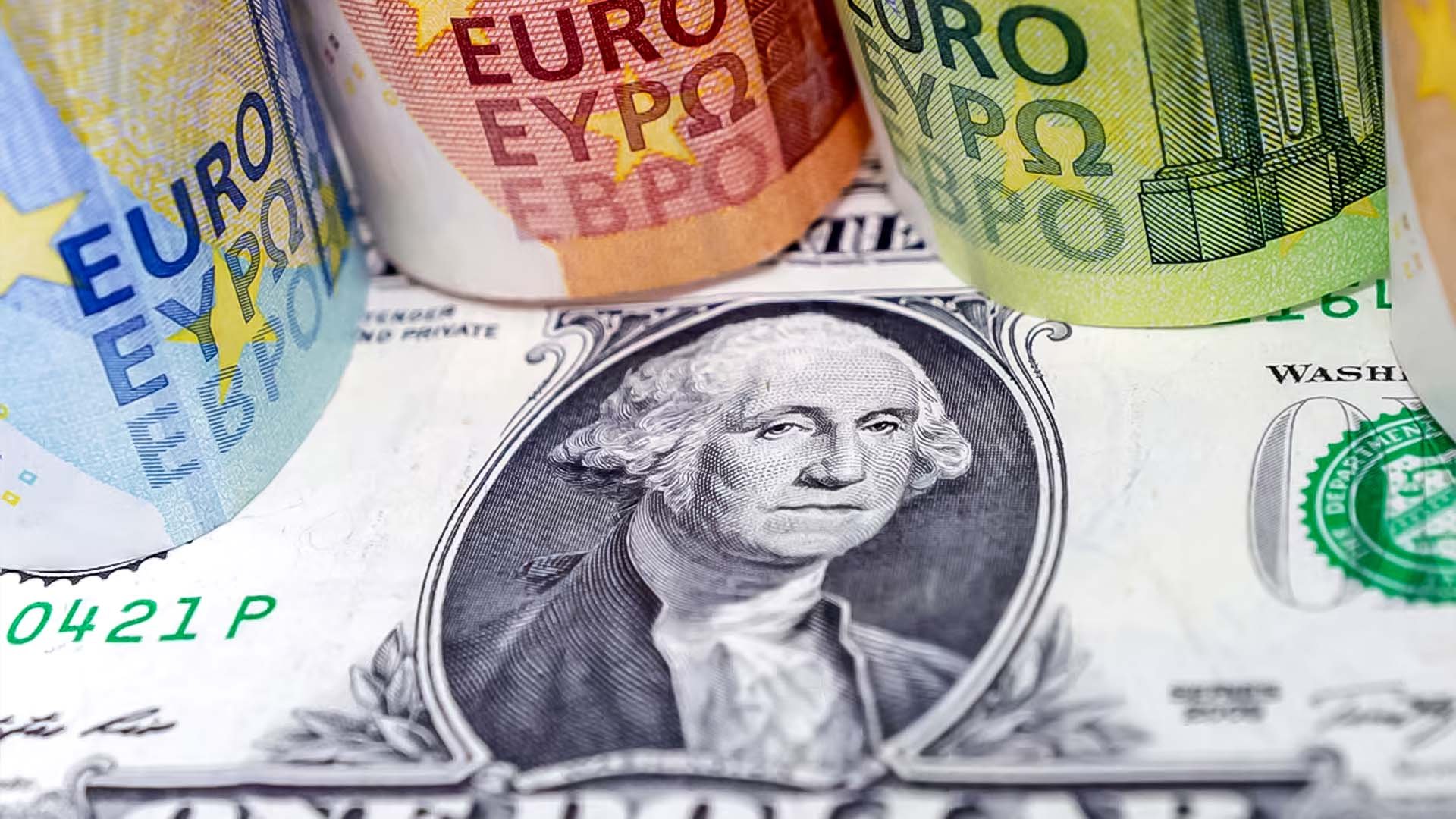Green Finance and Forex: How ESG and Environmental Policies Shape Global Currency Markets
How ESG and Green Policies Affect Currency Markets
In today’s evolving global economy, Environmental, Social, and Governance (ESG) standards have become a major factor influencing investor sentiment and international capital flows. What started as a framework for corporate responsibility has now become a financial driver—one that is reshaping how currencies behave in the global Forex market.
Countries and corporations alike are under growing pressure to meet sustainability goals. As a result, policies focused on renewable energy, carbon reduction, and environmental protection are not just ecological initiatives—they’re economic signals that investors monitor closely.

The Link Between ESG and Currency Strength
Currencies reflect a nation’s economic health, stability, and global reputation. When a country demonstrates strong ESG commitment—through environmental policies, social inclusivity, and transparent governance—it becomes more attractive to foreign investors. This capital inflow can lead to stronger currency performance.
For example, countries like Norway and Germany, known for their renewable energy programs and governance transparency, tend to enjoy higher investor confidence. This trust often translates to currency appreciation. On the other hand, nations dependent on fossil fuels or facing ESG compliance challenges may experience outflows, weakening their currencies over time.
ESG performance is increasingly being factored into sovereign risk ratings. Investors now assess not only fiscal policy and GDP data but also sustainability progress. The “green credibility” of a country is becoming an economic advantage.
How Green Policies Influence Economic Outlook
Environmental and climate-related policies—such as carbon taxes, emission trading systems, and renewable energy investments—affect inflation, production costs, and trade balances. These economic factors, in turn, shape monetary policy decisions that directly impact Forex markets.
The European Union’s Green Deal, for instance, is a clear example of how large-scale climate initiatives influence currency dynamics. While short-term implementation costs can slow economic growth, the long-term benefits of energy stability and sustainability strengthen investor confidence in the euro.
Meanwhile, countries that lag in adopting green reforms may face capital flight as investors prioritize more sustainable markets. As climate commitments become part of trade agreements and global economic cooperation, ignoring ESG imperatives could carry monetary consequences.
ESG Ratings and Investor Sentiment in Forex
In the Forex market, perception drives movement. Currencies of countries with high ESG ratings are often seen as “safe-haven” assets during times of uncertainty. Strong governance, environmental responsibility, and social stability make these economies less risky.
For example, the Japanese yen and Swiss franc have historically maintained strength due to the stability and governance transparency of their respective economies. As ESG metrics become more formalized in financial analysis, currencies from sustainable economies could see consistent long-term demand.
On the other hand, emerging markets with weak governance or unsustainable industrial models may suffer from depreciating currencies as global capital seeks more resilient and ethical destinations.
Commodities, Central Banks, and the Green Transition
The transition to renewable energy is reshaping global trade and commodity flows. Countries rich in critical green resources—like lithium, copper, and nickel—are now gaining more attention from investors. This demand boosts their trade surpluses and strengthens local currencies.
Central banks are also adapting to the green transition. Many, including the European Central Bank and Bank of England, are integrating climate risks into monetary policy and balance sheet assessments. This alignment of finance and sustainability introduces a new era where climate stability directly intersects with currency valuation..
The Future: A “Green Premium” in Forex
Looking ahead, ESG awareness will likely create what analysts call a “green premium”—a valuation boost for currencies of countries leading in sustainability and governance. Traders who ignore these macro shifts may miss out on emerging patterns shaping long-term currency performance.
Sustainability is no longer a corporate buzzword—it’s an economic reality. As global capital continues to align with green finance, the Forex market will evolve alongside it. Currencies will increasingly mirror how nations balance growth, governance, and environmental responsibility.
At Global Markets Eruditio (GME Academy), we help traders understand how sustainability, monetary policy, and global economics intersect in today’s market. Join our free Forex workshop to learn how ESG trends and green policies are shaping the future of currency trading.

